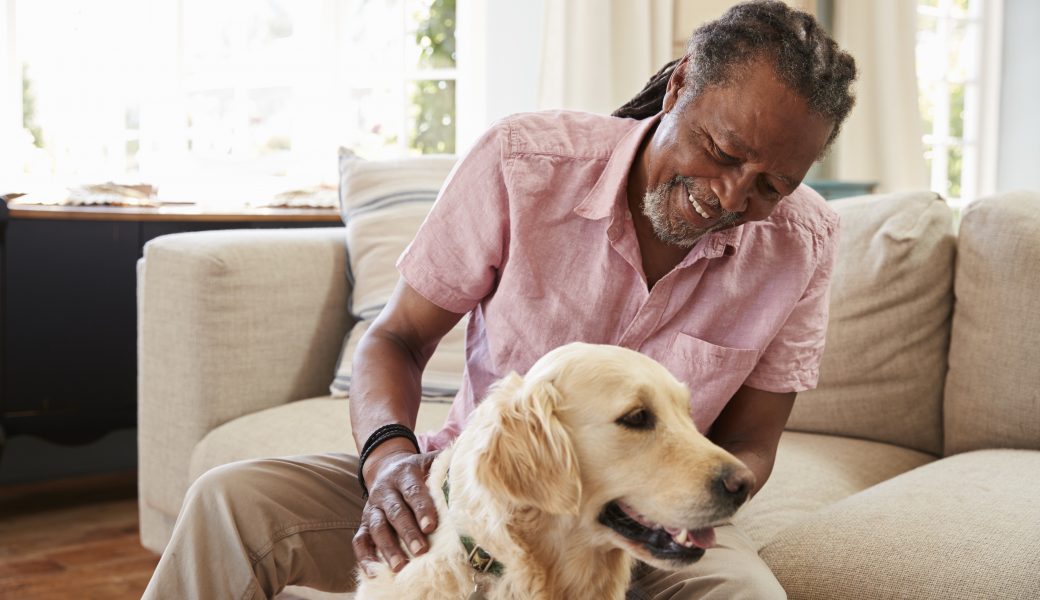June 8, 2024 |
Introduction: The Importance of Play in Dog Training
Play is a fundamental aspect of a dog’s life, influencing their physical health, mental stimulation, and social interactions. When integrated into training, play becomes a powerful tool that enhances learning, strengthens the bond between dogs and their owners, and makes the training process enjoyable for both parties. Utilizing play in dog training not only encourages obedience but also fosters a positive and enriching environment. This blog will delve into the significance of play in dog training, outline fun and educational games to train your dog, explore the benefits of interactive training, provide expert tips for effective training sessions, and conclude with how play can enhance your relationship with your canine companion.
Fun and Educational Games to Train Your Dog
Incorporating games into your dog’s training regimen can make learning commands and behaviors more engaging and enjoyable. Here are some fun and educational games to try:
- Hide and Seek: This classic game can help reinforce the “stay” and “come” commands. Start by having your dog stay in one place while you hide. Once hidden, call your dog to come find you. Reward them with praise and treats when they succeed.
- Fetch: Fetch is a great way to teach your dog to retrieve and release objects. Start by throwing a toy and encouraging your dog to bring it back. When they do, give the command “drop” and offer a treat when they release the toy.
- Tug-of-War: Tug-of-war can help teach your dog impulse control. Use a sturdy toy and play tug with your dog, but ensure they release the toy on command. Use commands like “take it” and “drop it” to practice control.
- Treasure Hunt: Hide treats or toys around your home or yard and encourage your dog to find them. This game stimulates their natural sniffing instincts and provides mental stimulation.
- Agility Course: Set up a simple agility course with items like cones, tunnels, and jumps. Guide your dog through the course using commands and treats. This helps with obedience, coordination, and physical exercise.
- Shell Game: Place a treat under one of three cups and shuffle them around. Encourage your dog to use their nose or paw to find the treat. This game enhances their problem-solving skills and focus.
- Name Game: Teach your dog the names of different toys. Hold up a toy, say its name, and give it to your dog. Repeat with other toys and practice having your dog fetch the correct toy by name.
Benefits of Interactive Training for Dogs and Owners
Interactive training offers numerous benefits for both dogs and their owners, making it an essential component of effective dog training.
- Enhanced Learning: Interactive training makes learning more engaging and enjoyable for dogs. The playful approach helps dogs better understand and retain commands and behaviors.
- Stronger Bond: Training through play strengthens the bond between dogs and their owners. The positive interactions and mutual enjoyment foster trust and deepen the relationship.
- Mental Stimulation: Interactive training games provide mental challenges that keep dogs’ minds sharp and prevent boredom. This mental stimulation is crucial for their overall well-being.
- Physical Exercise: Many training games involve physical activity, which helps keep dogs fit and healthy. Regular exercise is essential for preventing obesity and related health issues.
- Improved Behavior: Engaging training methods can help reduce behavioral problems by providing an outlet for excess energy and promoting good manners and obedience.
- Confidence Building: Successfully mastering training games and commands boosts a dog’s confidence. This increased confidence can help reduce anxiety and improve social interactions.
- Owner Satisfaction: Owners also benefit from interactive training as it creates a positive and rewarding experience. Seeing their dog learn and grow brings a sense of accomplishment and joy.
Expert Tips for Effective Training Sessions
To make the most of your training sessions, consider these expert tips:
- Keep Sessions Short and Frequent: Dogs have short attention spans, so keep training sessions brief (5-15 minutes) but frequent. Multiple short sessions throughout the day are more effective than one long session.
- Use Positive Reinforcement: Reward your dog with treats, praise, or play when they perform a command correctly. Positive reinforcement encourages repeat behavior and strengthens the learning process.
- Be Consistent: Consistency is key in training. Use the same commands and cues every time and ensure everyone in the household follows the same training practices.
- End on a Positive Note: Always end training sessions on a positive note, with your dog successfully completing a command or game. This leaves them feeling accomplished and eager for the next session.
- Gradually Increase Difficulty: Start with simple commands and gradually increase the difficulty as your dog masters each one. This helps prevent frustration and keeps your dog motivated.
- Stay Patient and Positive: Training takes time and patience. Stay calm and positive, even if your dog doesn’t get it right away. Avoid punishment, as it can lead to fear and anxiety.
- Create a Distraction-Free Environment: Begin training in a quiet, distraction-free environment to help your dog focus. Gradually introduce distractions as they become more proficient.
- Incorporate Play Breaks: Incorporate short play breaks during training sessions to keep your dog engaged and prevent them from getting bored or frustrated.
Conclusion: Enhancing Your Relationship through Play
Integrating play into dog training is a powerful approach that yields numerous benefits for both dogs and their owners. Through fun and educational games, dogs learn commands and behaviors more effectively, while owners enjoy a rewarding and fulfilling training experience. Interactive training strengthens the bond between dogs and their owners, providing mental stimulation, physical exercise, and improved behavior. By following expert tips and maintaining a positive and consistent approach, you can make training sessions enjoyable and productive.
